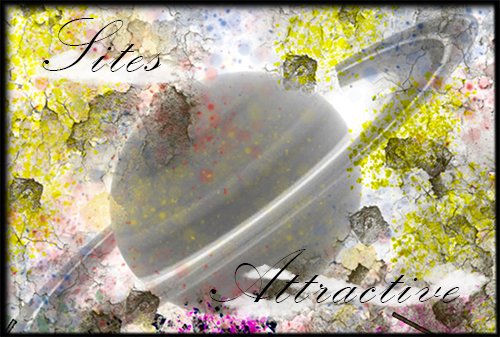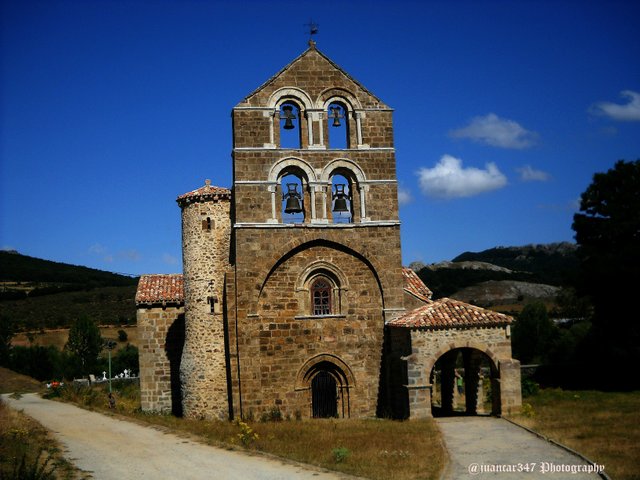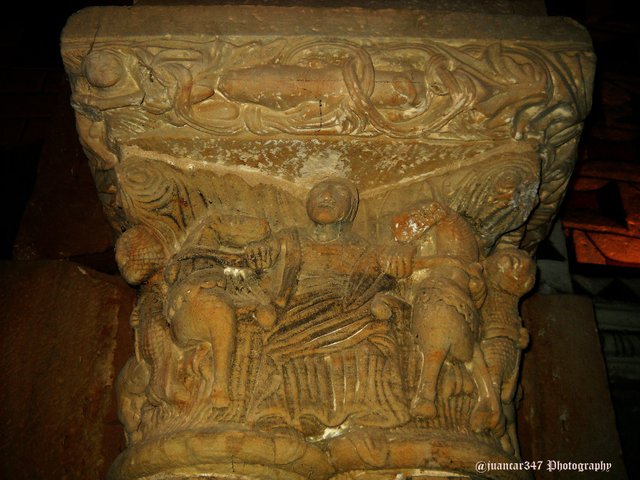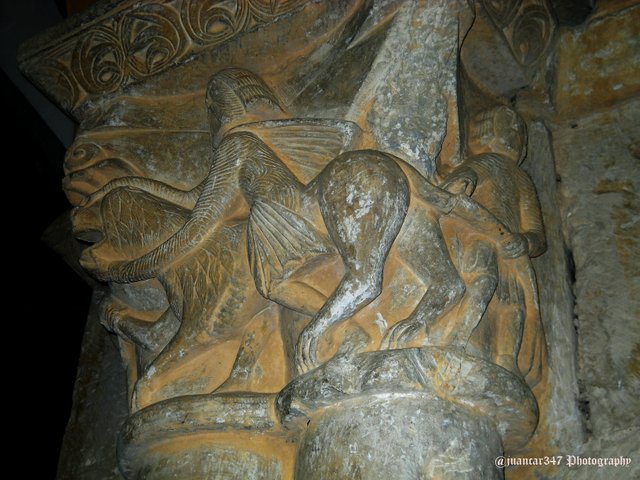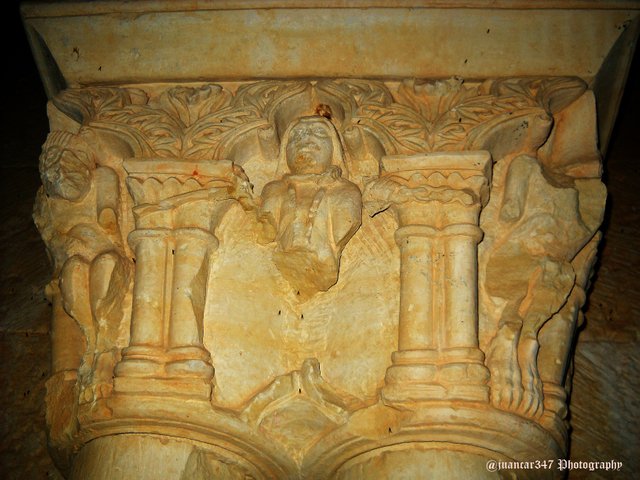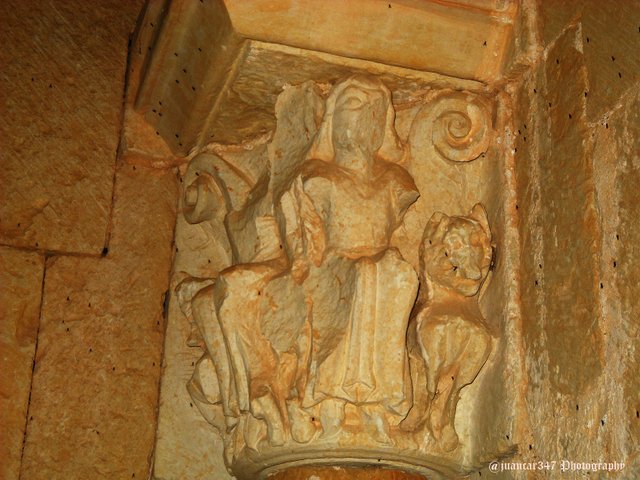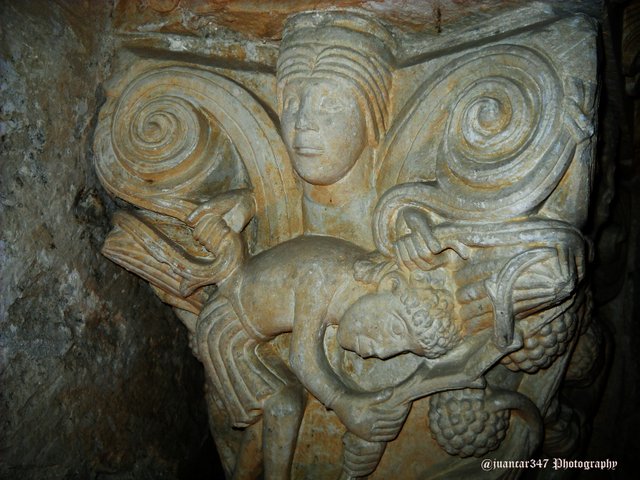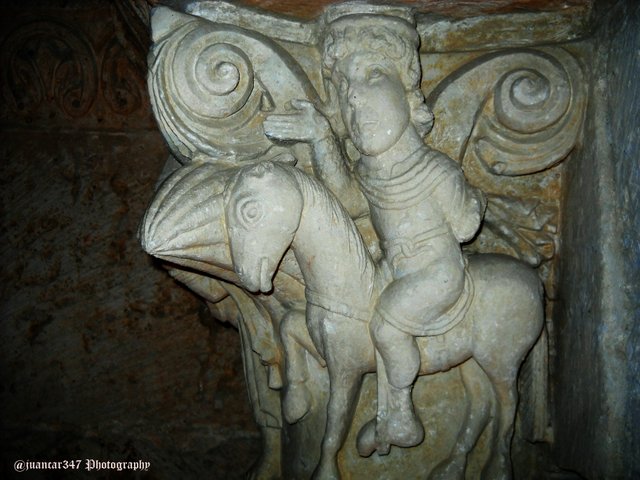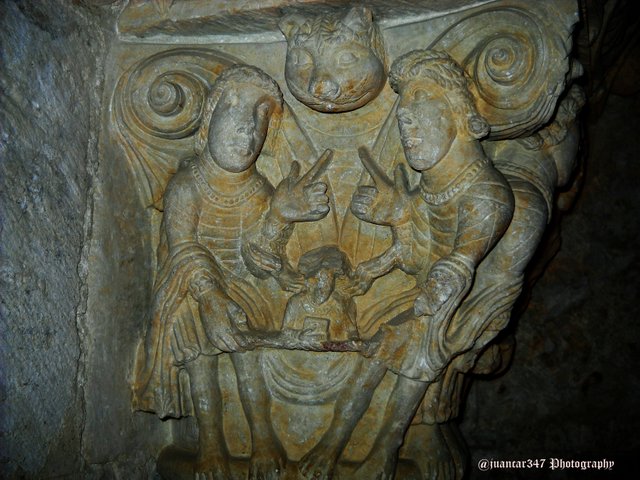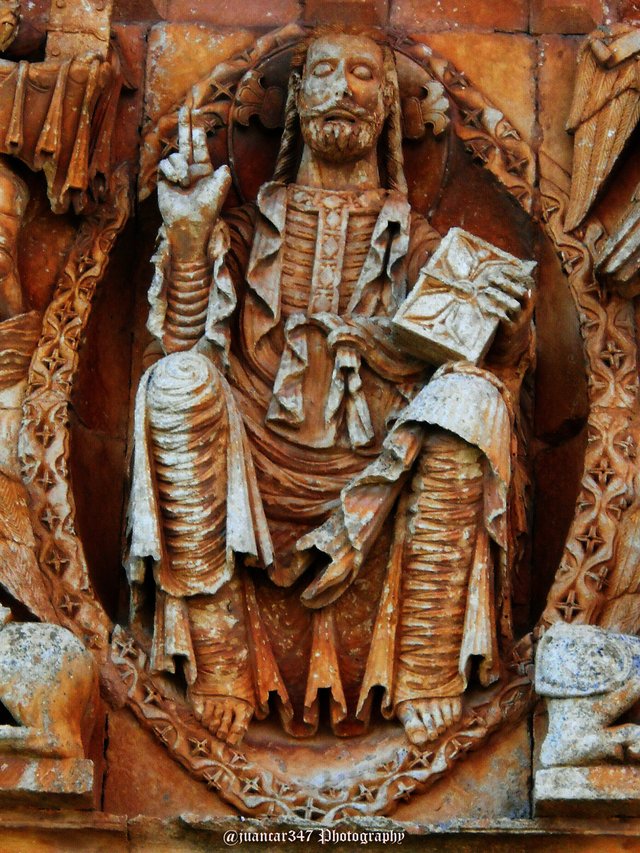If his life occupies a prominent place in the glorious pages of history, his death and, above all, the location of his grave, continue to be wrapped in legend.
Like the tomb of the famous Arab leader Almanzor, also the tomb of Alexander the Great continues, to this day, being one of the pending challenges for archaeologists and historians.
Like the American actor James Dean, Alejandro died young, leaving behind him, judging by the chronicles and the artistic performances that survived him, a beautiful corpse.
It seems unquestionable, because this is confirmed by the old chronicles, which was initially buried, with all fate, in the Egypt of the pharaohs, specifically in the oasis of Siwa and that were many - as centuries later would occur with the visit to the Apostle's tomb Santiago, in Compostela - the pilgrims who visited her, because he was also thought to be a god or at least, that the intense achievements made in his short life, equated him with a being close to the gods themselves.
Throughout his life and as a result of his actions, multiple legends were forged, among which one that relates that on one occasion, he climbed on the backs of two taps to contemplate from the sky the extent of his conquests.
Like all legends, the figures of the mythological faucets became distorted and over time these fantastic animals, probably of Assyrian-Babylonian origins, became eagles, this issue, which later adopted the proud Roman legions and that many centuries later, perhaps it was the precedent that the idea of the great creator of worlds and mythologies that was John Ronald Reuen Tolkien, who used these symbolic animals, the giant eagles, to safeguard the integrity of some of the most relevant characters of his extraordinary saga The Lord of the Rings.
But as incredible as it may seem, Romanesque art, that same artistic style that was considered as the art par excellence of Christianity, used the legend of Alexander the Great and the taps - possibly equating it with pride and comparing it to the tragic consequences of figures like Phaeton or Simon the Magician himself - representing him in numerous capitals, whose theme seems that for some reason not determined, he highlighted, in the Iberian Peninsula, in a very specific area of the Camino de Santiago, as it passes through Palencia.
NOTICE: Both the text and the accompanying photographs are my exclusive intellectual property.
